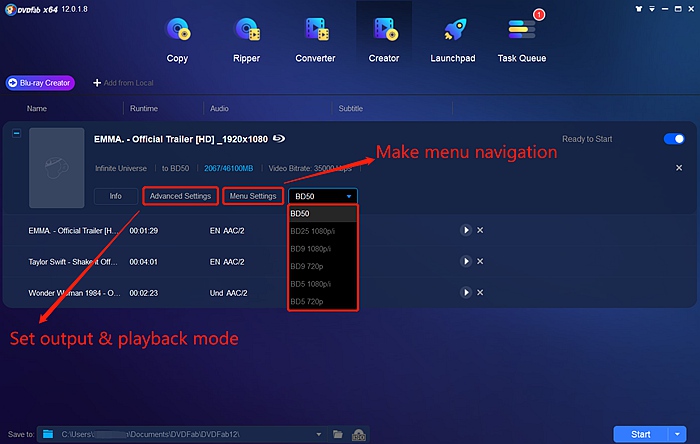
It certainly wouldn't suit an HTPC set-up. That, in turn, is encased along with a bulky power supply and a fairly loud fan. Rather unfortunately (at least in our view), the external drive is a hulking monster, because the LG mechanism that MCE uses is a full-size optical drive. One thing we wanted to consider was how well it might work when connected to a Mac mini, for instance, and it would likewise use a USB 2.0 connection. Since our test bed was a late 2010 MacBook Air, we opted for the external option that connects via USB. The internal option only fits the Mac Pro, while the external version connects via USB 2.0 or eSATA. MCE offers both internal and external Blu-ray burners for Mac users. Unfortunately, as we discovered, it seems as though MCE's solution introduces its own bag of hurt. After all, who doesn't like high-definition movies? Perhaps the solution would work for those interested in a Mac-based home theater, or for laptop-toting travelers. So when MCE Technologies told us they had a new line of Blu-ray burners that came with Mac software for watching Blu-ray movies, our interest was piqued. But the ability to pop a Blu-ray disc into a MacBook Pro and watch a movie-just as you can with a DVD-has so far eluded Mac users. For this reason, some peripheral makers have begun selling limited external and internal Blu-ray drives to Mac users.

However, Mac OS X does have support for reading and writing Blu-ray Data (BD) discs, and Final Cut Pro can burn projects to Blu-ray for playback. Whatever your view, the fact is that Mac OS X still doesn't have native Blu-ray movie support. An alternate theory is that Apple simply skipped integrating Blu-ray into its Macs in favor of iTunes Store movie downloads. Former Apple CEO Steve Jobs famously complained that the licensing involved in including Blu-ray movie support in Mac OS X was too expensive and complicated to be worth pursuing. Playing Blu-ray movies on a Mac has been a " bag of hurt" for far too long.


 0 kommentar(er)
0 kommentar(er)
